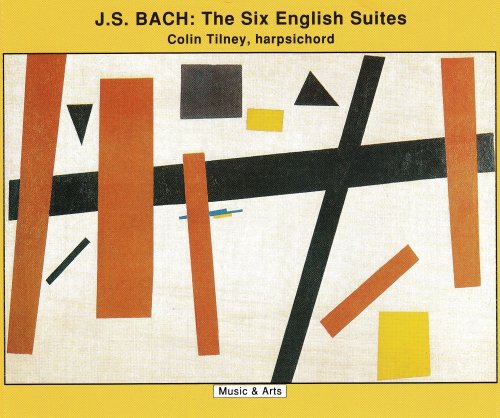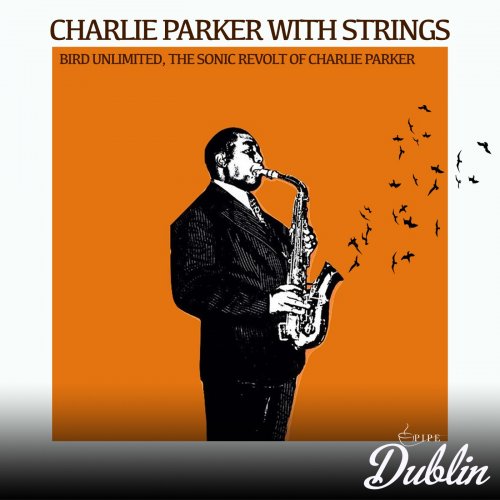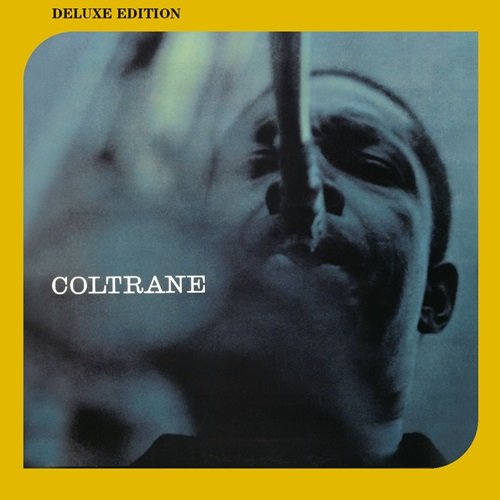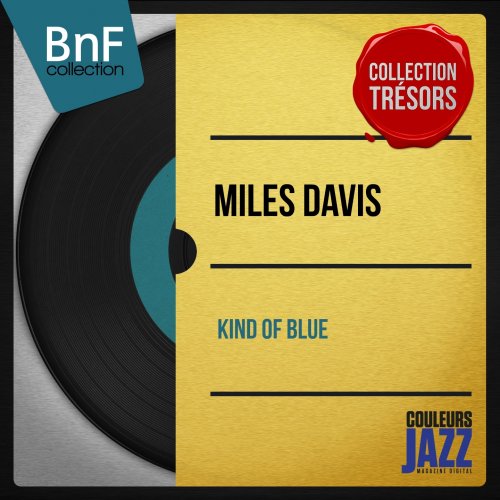Colin Tilneys - J.S. Bach: The Six English Suites (1993)

Artist: Colin Tilneys
Title: J.S. Bach: The Six English Suites
Year Of Release: 1993
Label: Music & Arts
Genre: Music & Arts
Quality: FLAC (image+.cue,log,scans)
Total Time: 02:30:40
Total Size: 1.2 Gb
WebSite: Album Preview
Tracklist: Title: J.S. Bach: The Six English Suites
Year Of Release: 1993
Label: Music & Arts
Genre: Music & Arts
Quality: FLAC (image+.cue,log,scans)
Total Time: 02:30:40
Total Size: 1.2 Gb
WebSite: Album Preview
CD1:
Suite No. 1 In A Major, BMV 806 (28:20)
1. Prelude 2:30
2. Allemande 6:11
3. Courantes I & !! 5:36
4. Sarabande 4:58
5. Bourrees I & II 5:35
6. Gigue 3:04
Suite No. 2 In A Minor, BMV 807 (24:30)
7. Prelude 5:50
8. Allemande 4:15
9. Courante 2:06
10. Sarabande 3:41
11. Bourrees I & II 5:40
12. Gigue 2:36
Suite No. 3 In G Minor, BMV 808 (21:21)
13. Prelude 3:43
14. Allemande 3:58
15. Courante 2:39
16. Sarabande 3:44
17. Gavottes I & II 3:38
18. Gigue 3:11
CD2:
Suite No. 4 in F Major, BMV 809 (21:03)
1. Prelude 5:21
2. Allemande 4:10
3. Courante 1:45
4. Sarabande 3:22
5. Menuets I & II 4:05
6. Gigue 1:57
Suite No. 5 In E Monor, BMV 810 (23:20)
7. Prelude 5:50
8. Allemande 4:13
9. Courante 2:15
10. Sarabande 3:08
11. Passepieds I & II 4:01
12. Gigue 3:35
Suite No. 6 In D Minor, BMV 811 (31:22)
13. Prelude 9:16
14. Allemande 4:41
15. Courante 2:42
16. Sarabande & Double 6:08
17. Gavottes I & II 4:15
18. Gigue 4:01
Performers:
Colin Tilney (harpsichord)
It is something of a mystery why Bach, usually alive to opportunities to make known his mastery of various musical forms, never published the English Suites (nor, come to that, the Well-tempered Clavier or the Chromatic Fantasia and Fugue), which represent a peak of his keyboard writing—particularly in the Sixth Suite—that he never excelled. Colin Tilney certainly takes his assignment au grand serieux, and earns our respect for his thoughtful approach, his firm rhythmic control—even in the huge initial fugue of Suite No. 6—while avoiding inflexibility (with subtle phrasing that clarifies structure), his crisp ornaments, his stylishly discreet embellishment of repeats (virtually all of which he makes), and his general air of solid command. In the first two suites, indeed, he leans towards a lofty severity reminiscent of Leonhardt's earlier recording of the English Suites (Philips, 10/77—nla) and in sharp contrast to Kenneth Gilbert's reading, which adopted generally brisker tempos and underlined the basic dance character of the movements: in Tilney's case both these Preludes are doggedly deliberate and the Bourrees joylessly straitlaced. Thereafter, fortunately, he seems to have had a change of heart, and though his Allemandes tend to be slow, his other tempos are unexceptionable, and his insight and sense of logical progression ensure a persuasive forward impetus. He uses a very fine brass-strung Italian harpsichord of the early eighteenth century (which is admirably recorded): it possesses only two eight-foot registers that are little contrasted aurally, but such is the intense commitment of Tilney's playing that no sense of monochrome monotony arises.
![Charles Mingus - Mingus in Wonderland (Live [Remastered]) (2025) Hi-Res Charles Mingus - Mingus in Wonderland (Live [Remastered]) (2025) Hi-Res](https://www.dibpic.com/uploads/posts/2025-09/1757523782_cover.jpg)







